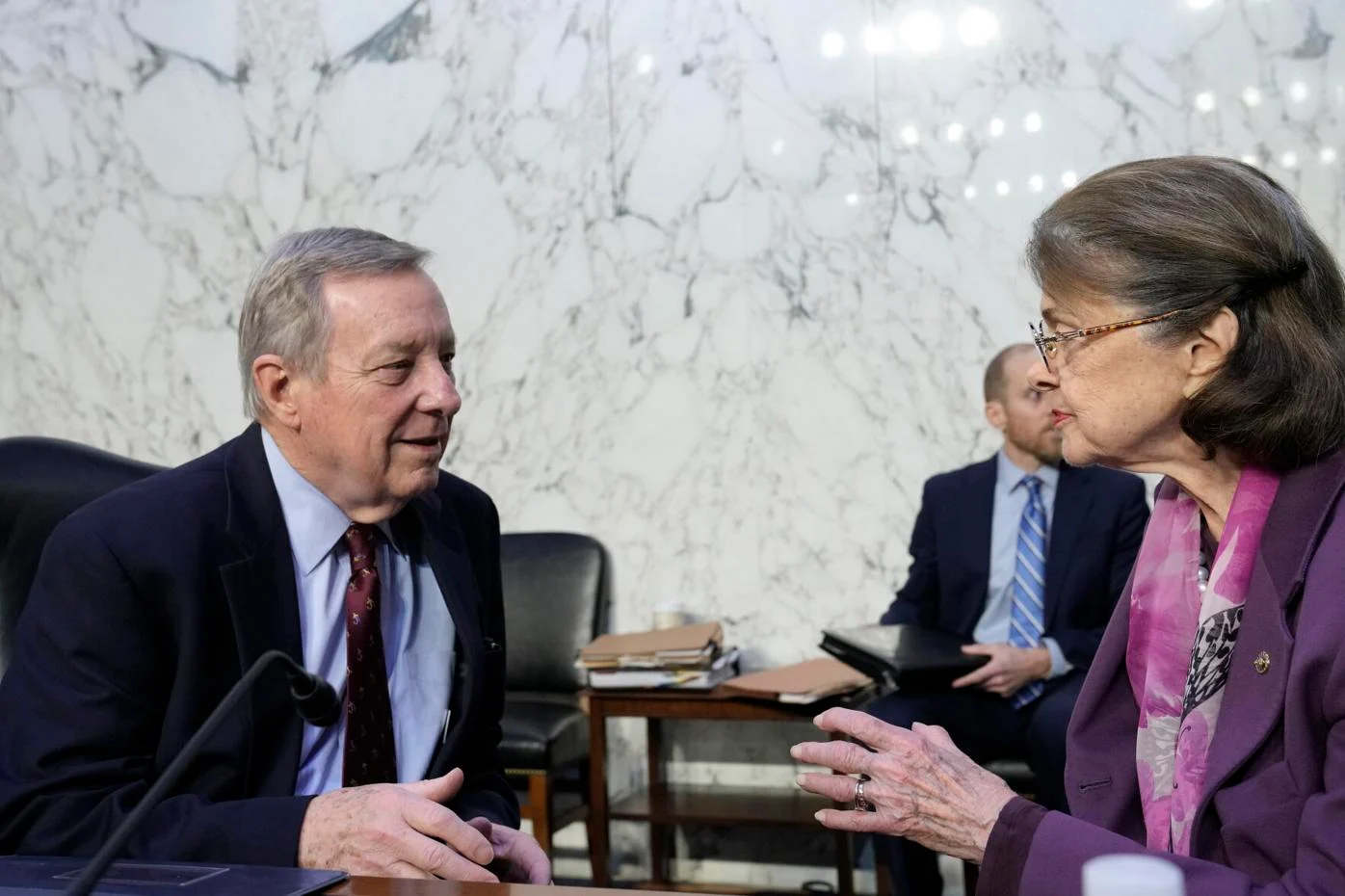In a harrowing incident that has left the world in shock, a passenger plane crashed in Kazakhstan, prompting an urgent response from emergency services. Bodycam footage from first responders offers a gripping look at the chaos, bravery, and coordinated efforts that unfolded in the aftermath of the tragedy. The footage reveals both the devastation caused by the crash and the extraordinary lengths to which emergency personnel went to save lives and manage the crisis.
The Incident: A Tragic Crash
The plane, operated by a regional airline, was carrying passengers and crew on a domestic flight when it went down shortly after takeoff. The crash occurred in a sparsely populated area outside a major city, with the aircraft reportedly struggling to gain altitude before plummeting to the ground. Preliminary reports suggest adverse weather conditions and possible mechanical failure as contributing factors, although the exact cause remains under investigation.
Eyewitness accounts described a fiery explosion as the plane struck the earth, sending a thick plume of smoke into the sky. Debris from the wreckage scattered across a wide area, complicating rescue efforts. Despite the devastating scene, early reports indicate that some passengers managed to survive the crash, thanks to the swift actions of emergency responders.
Emergency Services Spring into Action
Moments after the crash, local authorities received distress calls from nearby residents and air traffic controllers who had lost communication with the aircraft. Emergency services, including firefighters, paramedics, and police officers, were dispatched immediately to the crash site.
Bodycam footage captured the chaotic arrival of these teams as they navigated treacherous terrain and harsh weather conditions to reach the wreckage. The video provides a raw, unfiltered view of the challenges faced by responders, from thick smoke and flames to scattered debris and injured survivors calling for help.
The responders’ primary objectives were clear: extinguish the fires, locate survivors, and secure the area to prevent further harm. Each second mattered, as rescuers worked tirelessly to save lives while facing the emotional toll of the disaster.
The Role of Bodycam Footage
Bodycam footage has become an essential tool for documenting and analyzing emergency response efforts. In this case, the footage serves multiple purposes:
- Transparency and Accountability: The footage provides a detailed record of how emergency services handled the situation, ensuring transparency in their actions and decisions.
- Training and Preparedness: The footage can be used as a training resource for future emergency scenarios, helping responders identify areas for improvement and best practices.
- Public Awareness: By sharing the footage, authorities can give the public an inside look at the challenges of responding to a crisis of this magnitude, fostering greater appreciation for the work of emergency personnel.
The release of bodycam footage from the Kazakhstan plane crash offers a somber yet invaluable perspective on the realities of disaster response.
A Scene of Devastation
The bodycam footage reveals the stark realities of the crash site. As responders arrive, they are greeted by a landscape of destruction: smoldering wreckage, twisted metal, and charred ground. Fires rage across portions of the debris field, while the acrid smell of burning fuel and materials permeates the air.
Responders are seen working in teams to extinguish the flames, using fire suppressants and water hoses to prevent the spread of fire to nearby areas. The footage captures their meticulous efforts to navigate the dangerous site, ensuring their own safety while prioritizing the rescue of survivors.
Amid the chaos, paramedics can be seen tending to injured passengers, some of whom are in critical condition. Makeshift triage stations are set up on-site, where victims receive immediate medical attention before being transported to nearby hospitals. The urgency in the responders’ voices underscores the life-or-death stakes of their work.
Survivors and Stories of Courage
One of the most poignant aspects of the bodycam footage is the human element: the survivors. Despite the severity of the crash, a number of passengers and crew members managed to escape with their lives, thanks in part to the quick actions of emergency personnel.
Footage shows responders comforting and assisting survivors, many of whom are in shock and disbelief. Children are cradled in the arms of rescuers, while injured adults are carried on stretchers to awaiting ambulances. These moments of compassion and determination highlight the resilience of both the victims and the responders.
Survivor accounts also began to emerge, shedding light on the terrifying moments leading up to the crash. Passengers described the plane shaking violently and the fear that gripped them as the aircraft descended rapidly. For those who survived, the bravery and efficiency of the emergency teams were a beacon of hope in the face of overwhelming despair.
Challenges Faced by Responders
The bodycam footage underscores the immense challenges faced by emergency teams during the rescue operation. Key obstacles included:
- Harsh Weather Conditions: The cold, snowy environment made navigation difficult and hampered firefighting efforts. Responders had to contend with icy ground and reduced visibility.
- Unstable Debris: The wreckage posed a significant risk, with sharp metal edges, potential explosions from residual fuel, and collapsing structures requiring extreme caution.
- Emotional Strain: Rescuers were not only physically taxed but also emotionally affected by the sight of casualties and the gravity of the situation. Maintaining focus and composure under such circumstances is a testament to their training and resilience.
Despite these challenges, the bodycam footage captures moments of triumph as responders overcome obstacles to save lives and secure the crash site.
The Aftermath
As the immediate rescue operation concluded, attention shifted to the investigation and recovery efforts. Authorities cordoned off the area to preserve evidence for aviation experts and investigators, who will analyze the wreckage to determine the cause of the crash.
The bodycam footage, along with other forms of documentation, will play a crucial role in this investigation. By providing a detailed record of the crash site and the responders’ actions, the footage can help identify critical factors that contributed to the disaster.
Meanwhile, the survivors and families of the victims face a long road to recovery. Counseling and support services have been made available to help them cope with the trauma, while the broader aviation community reflects on the incident as a sobering reminder of the importance of safety and preparedness.
A Tribute to the Responders
The bodycam footage serves as a powerful testament to the courage and dedication of the emergency services personnel who risked their lives to save others. Their swift and selfless actions undoubtedly prevented further loss of life and provided comfort to those affected by the tragedy.
From firefighters battling flames to paramedics providing life-saving care, the footage captures the best of humanity in the face of adversity. It is a reminder of the critical role that first responders play in our communities and the need to support them through training, resources, and recognition.
Conclusion
The bodycam footage of emergency services arriving at the Kazakhstan plane crash offers a window into the bravery, challenges, and humanity of disaster response. While the crash is a tragic event that has left many grieving, the footage also highlights the resilience and determination of those who worked tirelessly to save lives and manage the crisis.
As the investigation continues, the lessons learned from this incident will hopefully lead to improvements in aviation safety and emergency preparedness, ensuring that the lives lost were not in vain. In the meantime, the footage serves as a somber reminder of the importance of compassion, courage, and community in the face of tragedy.



